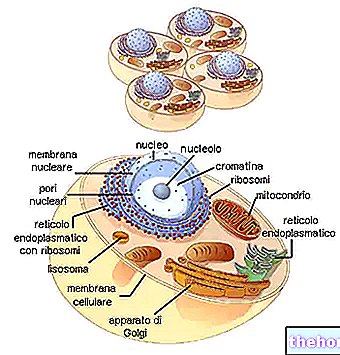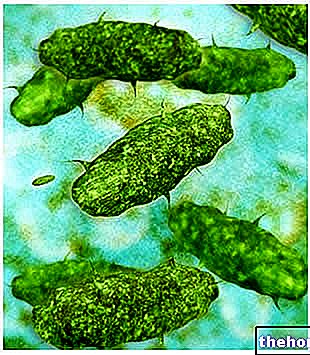The cell type of eukaryotes can be schematically divided into three main parts: the nucleus, the cytoplasm and a complex of membranes; several other organelles are found in the cytoplasm.
Cellular Sizes and Shapes
Most of the cells that make up the plant or animal have diameters between 10 and 30 micrometers. The main limitation to cell size seems to be due to the relationships between volume and surface. The materials that enter and leave the cell must pass through the surface and the more active a cell is, the more rapidly these materials must pass. Furthermore, oxygen, carbon dioxide and other metabolically important molecules enter and leave the cell by diffusion, which is effective over short distances. materials can pass in, out and through the small cells faster.
It is therefore not surprising that the most metabolically active cells are usually small. The relationships between cell size and metabolic activity are well illustrated by the egg cells. Many egg cells are very large; a frog egg for example has a diameter of 1500 micrometers; other egg cells are several centimeters in diameter (this is largely due to the stock material). When the egg cell is fertilized and begins to be metabolically active, it divides several times before any other increase in volume, or mass, thus dividing its cell unit into metabolically more efficient sizes.
A second limitation to cell size appears to be the ability of the nucleus to regulate the activities of a large metabolically active cell. Furthermore, the exceptions seem to confirm the rule: in certain large and complex unicellunar animals, the ciliates (of which the paramecium is an example), each cell has two or more nuclei, and the extra ones appear to be copies of the original.
As in the case of drops of water and soap bubbles, the cells tend to be spherical; they take on different shapes due to the cell walls (as happens in most plant cells and in many single-celled organisms), or as a result of adhesion and pressure exerted by other nearby cells or surfaces.

Click on the names of the various organelles to read the in-depth study
Image taken from www.progettogea.com









.jpg)


















